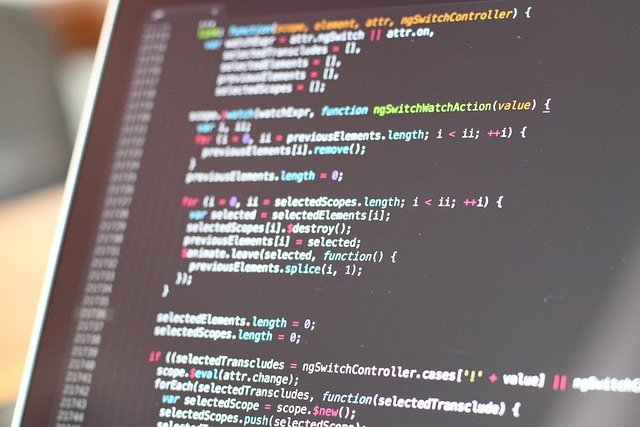Software Engineering: Principles, Practices, and Roles
Software engineering is the discipline of designing, building, testing, and maintaining software systems with predictable quality and repeatable processes. It blends engineering principles, structured development practices, and human collaboration to transform requirements into reliable applications. This article outlines core concepts, practical workflows, and how teams coordinate across programming, testing, and operations to deliver maintainable software.

What is software engineering?
Software engineering is the systematic approach to creating software that meets functional and nonfunctional requirements. It spans requirements analysis, architecture, implementation, testing, deployment, and maintenance. Unlike ad hoc programming, software engineering emphasizes repeatable processes, documentation, risk management, and metrics to ensure systems are scalable, secure, and maintainable. Practitioners use models and standards to reduce ambiguity and to help cross-functional teams communicate clearly about scope, constraints, and acceptance criteria.
How does software development lifecycle work?
The software development lifecycle (SDLC) organizes development into phases such as planning, design, implementation, verification, and maintenance. Common models—waterfall, iterative, and agile—differ in how they sequence or overlap these phases. In agile development, teams iterate in short cycles, delivering increments that are tested and reviewed. Continuous integration and continuous delivery practices shorten the feedback loop by automating builds, tests, and deployments. Effective SDLCs balance speed with attention to quality attributes like performance, security, and observability.
Where does devops fit in the workflow?
DevOps connects development and operations to accelerate delivery while preserving system reliability. It covers practices like infrastructure as code, automated pipelines, monitoring, and incident response. DevOps encourages shared ownership: developers write code that is deployable and observable in production, while operators help design resilient infrastructure. Tooling such as CI servers, container platforms, configuration management, and orchestration systems support collaboration. Cultural changes—frequent small releases, blameless postmortems, and cross-functional teams—are as important as tooling for sustainable DevOps adoption.
How do programming choices shape design?
Programming languages and paradigms influence architecture, performance, and maintainability. Statically typed languages can catch errors at compile time and support larger codebases, while dynamic languages often enable faster prototyping. Functional, object-oriented, and procedural paradigms encourage different design patterns and module boundaries. Language ecosystems also affect available libraries, frameworks, and community practices, which in turn impact development velocity and long-term support. Teams should assess trade-offs—runtime characteristics, ecosystem maturity, and developer proficiency—when selecting languages for a project.
How is code quality maintained?
Maintaining high-quality code requires a combination of automated and human processes. Automated testing (unit, integration, end-to-end), static analysis, linters, and dependency scanning help catch errors early. Peer code review enforces conventions, uncovers design issues, and spreads knowledge across the team. Metrics such as test coverage, cyclomatic complexity, and build stability provide signals about health but should be interpreted with context. Refactoring and technical debt management are ongoing activities; scheduling time for cleanup prevents degradation and keeps the codebase adaptable to changing requirements.
Conclusion
Software engineering integrates technical practices, process discipline, and team collaboration to create software that meets user needs reliably over time. From the SDLC and development methodologies to DevOps practices and programming choices, every decision affects maintainability, performance, and delivery cadence. Combining automated tooling with thoughtful design and continuous learning helps teams produce code that can evolve safely as requirements and environments change.






